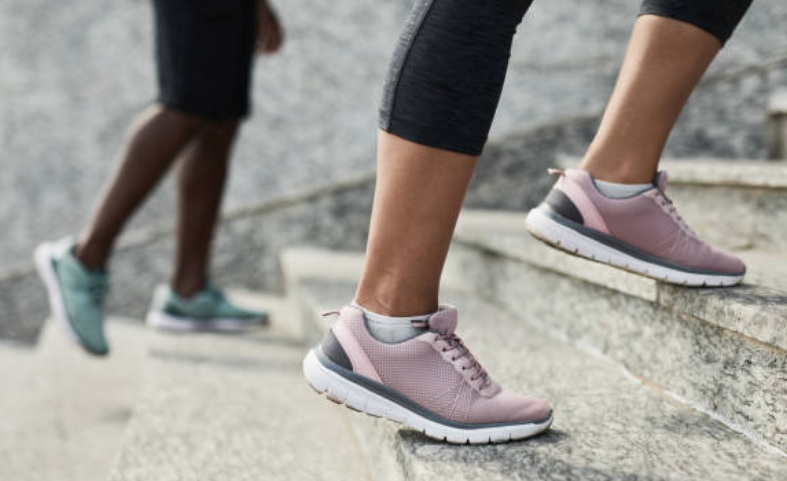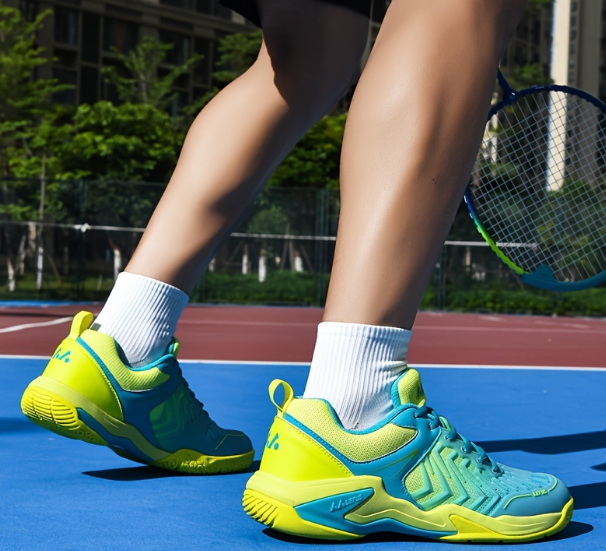Content Menu
● Understanding the Differences in Foot Anatomy
● Shoe Size Differences
● Material and Construction Variations
● Design Aesthetics
● Functionality Across Different Types of Shoes
● The Role of Comfort and Functionality in Men's and Women's Shoes
● Trends Influencing Men's and Women's Footwear
● Conclusion
● FAQ
>> 1. What are the main anatomical differences between men's and women's feet?
>> 2. How do shoe sizes differ between men and women?
>> 3. Are there functional differences in athletic footwear for men and women?
>> 4. Why do women's shoes come in more colors than men's?
>> 5. Can men wear women's shoes or vice versa?
● Citations:
When it comes to footwear, the differences between men's and women's shoes are more than just a matter of size. Understanding these distinctions can help consumers make informed choices, ensuring comfort, style, and functionality. This article explores the various aspects that differentiate men's and women's shoes, including design, fit, materials, and aesthetics.

Understanding the Differences in Foot Anatomy
The primary reason for the differences between men's and women's shoes lies in the anatomical variations of their feet. Generally, men's feet are larger and wider than women's. Here are some key points to consider:
- Foot Shape: Women typically have a wider forefoot and a narrower heel compared to men. This means that women's shoes are designed to accommodate this foot shape, providing a snug fit around the heel while allowing more room in the toe area.
- Arch Height: The height of foot arches can differ significantly between genders. Women often have higher arches than men, which influences the design of the shoe's midsole and arch support.
- Q-Angle: The Q-angle refers to the angle formed by the quadriceps muscle as it extends from the hip to the knee. Women generally have a wider Q-angle due to their broader hips, leading to differences in how their feet strike the ground. This necessitates additional support in women's shoes to accommodate their unique biomechanics.
Shoe Size Differences
One of the most noticeable differences is in shoe sizing:
- Sizing Systems: Men's and women's shoes follow different sizing models. Typically, there is about a 1.5 size difference between them; for example, a men's size 8 is roughly equivalent to a women's size 9.5.
- Width Variations: In terms of width, men's shoes are generally wider across all sizes. The standard width for women's shoes is often labeled as B (medium), while men's shoes are usually D (medium). This difference can affect comfort and fit significantly.
Material and Construction Variations
The materials used in constructing men's and women's shoes also vary:
- Midsole Density: Men's shoes often feature denser cushioning materials due to their generally higher body weight. This helps absorb impact more effectively during physical activities.
- Weight Considerations: Women's shoes tend to be lighter than men's counterparts because they are designed to accommodate less weight and muscle mass on average. For instance, running shoes for women might weigh significantly less than those designed for men.
- Support Features: Women's athletic footwear may include specific support features tailored to their pronation patterns, which differ from men's due to anatomical factors.
Design Aesthetics
Beyond functionality, aesthetic differences play a crucial role in how men's and women's shoes are designed:
- Color Options: Women's shoes often come in a broader range of colors and styles compared to men's shoes, which typically favor neutral tones like black, brown, or navy blue.
- Style Variations: Women's footwear tends to include more varied designs such as heels, flats, and open-toe styles. In contrast, men's styles are usually more straightforward with limited embellishments.

Functionality Across Different Types of Shoes
While many differences exist between everyday footwear for men and women, some categories of shoes blur these lines:
- Athletic Shoes: In sports footwear, brands have started recognizing that women require more than just smaller versions of men's shoes. Companies like Adidas have developed lines specifically for women that account for their unique foot structure.
- Casual Footwear: Casual styles can often be unisex; however, even within these categories, brands may still consider gender-specific designs based on common preferences.
The Role of Comfort and Functionality in Men's and Women's Shoes
Comfort plays an essential role in shoe design for both genders:
- Men's Shoes: Typically prioritize functionality and durability. They are designed with sturdier materials like leather or suede that withstand everyday wear and tear. Features such as reinforced soles provide better support during various activities.
- Women's Shoes: Often focus on style without compromising comfort. They may be made from lighter materials that allow for flexibility while also incorporating fashionable elements like embellishments or unique patterns.
Trends Influencing Men's and Women's Footwear
The footwear market is constantly evolving with new trends influencing both men's and women's styles:
- Sustainability: There is an increasing demand for sustainable materials in both men's and women's footwear. Brands are focusing on eco-friendly practices to appeal to environmentally conscious consumers.
- Athleisure Culture: The rise of athleisure has blurred traditional lines between casual wear and athletic gear. Both genders are gravitating towards comfortable footwear that can transition from gym workouts to daily errands seamlessly.
- Fashion Forwardness: As gender norms evolve, so do fashion trends. Many brands now offer unisex styles that cater to a broader audience while promoting inclusivity in fashion choices.
Conclusion
In conclusion, understanding the differences between men's and women's shoes is essential for selecting the right footwear that offers comfort and support tailored to individual needs. From anatomical variations to design aesthetics, these distinctions play a significant role in how each shoe performs and fits on different feet.
As consumers become more aware of these differences, they can make better choices that enhance their overall experience with footwear. Whether shopping for athletic shoes or casual wear, recognizing these factors will ensure that everyone finds the perfect fit.

FAQ
1. What are the main anatomical differences between men's and women's feet?
Men's feet are generally larger and wider than women's feet. Women tend to have narrower heels and a wider forefoot due to anatomical differences such as arch height and Q-angle variations.
2. How do shoe sizes differ between men and women?
There is typically a 1.5 size difference between men's and women's shoe sizes; for example, a men's size 8 corresponds approximately to a women's size 9.5. Additionally, men's shoes are usually wider than women's.
3. Are there functional differences in athletic footwear for men and women?
Yes, athletic footwear is designed with gender-specific features that cater to anatomical differences in foot shape and biomechanics. Women's athletic shoes often include additional support for higher arches and different cushioning densities.
4. Why do women's shoes come in more colors than men's?
Women's footwear tends to embrace a wider variety of colors and styles due to fashion trends that prioritize aesthetic appeal over functionality compared to men's styles which often focus on practicality.
5. Can men wear women's shoes or vice versa?
Yes! While there are general guidelines regarding fit based on gender-specific designs, individual foot shapes vary widely. A man with narrower feet may find that women's shoes fit better or vice versa.
Citations:
[1] https://tdelaneyandson.ie/whats-the-difference-between-mens-and-womens-shoes/
[2] https://newcop.com/en/blogs/newcop-blog/difference-between-men-and-women-adidas-shoes
[3] https://www.globalsources.com/knowledge/top-10-trends-in-mens-shoes-2023-2024/
[4] https://www.youtube.com/watch?v=G5Y93CvExOU
[5] https://www.chums.co.uk/blog/is-there-a-difference-between-mens-and-womens-shoes
[6] https://coveti.com/what-is-the-difference-between-men-and-women-shoes-2/
[7] https://coveti.com/what-is-the-difference-between-men-and-womens-shoe/
[8] https://www.wgsn.com/en/blogs/4-top-footwear-trends-ss-23
[9] https://coveti.com/what-is-the-difference-between-men-and-women-shoes/

















